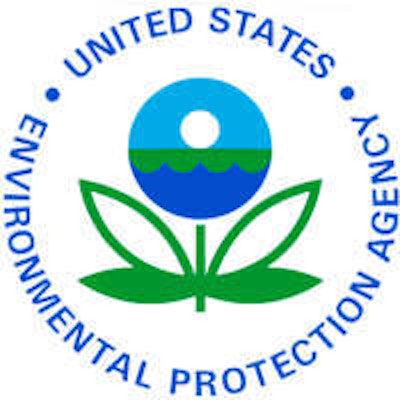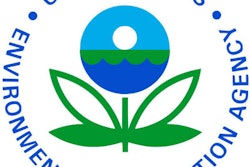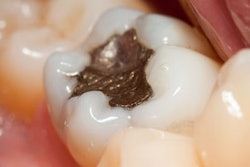
The U.S. Environmental Protection Agency (EPA) today proposed a rule under the Clean Water Act requiring dentists to install amalgam separators to help cut discharges of dental amalgam to the environment.
The proposed rule would require all affected dentists to control mercury discharges to publicly owned treatment works (POTWs), according to an EPA statement. Specifically, it would require them to cut their dental amalgam discharges to a level achievable through the use of the best available technology (amalgam separators) and the use of other best management practices.
The EPA expects compliance with this proposed rule would cut metal discharge to treatment works, half of it from mercury, by at least 8.8 tons a year. The EPA is also proposing to streamline dental sector oversight requirements to cut implementation and oversight costs of the proposed rule to states and localities by $47 million annually.
“This is a common sense rule that calls for capturing mercury at a relatively low cost before it is dispersed into the POTW.”
"This is a common sense rule that calls for capturing mercury at a relatively low cost before it is dispersed into the POTW," stated Kenneth Kopocis, the deputy assistant administrator for EPA's Office of Water, in the news release. "The rule would strengthen human health protection by requiring removals based on the use of a technology and practices that approximately 40% of dentists across the country already employ thanks to the ADA and our state and local partners."
The rule would allow dentists to show they are complying by installing, operating, and maintaining amalgam separators. However, if the existing separators in a dental practice do not remove the percentage of amalgam in the proposed requirements, a practice can still be ruled as compliant for the life of the existing separator. Finally, it would limit dental dischargers' reporting requirements to annual certification and recordkeeping instead of wastewater monitoring.
Studies show about half the mercury that enters publicly owned treatment works comes from dental offices, according to the EPA. Mercury from amalgam can then make its way into the environment in a number of ways, including through discharge to water bodies. Contact with some microorganisms can help create methylmercury, a highly toxic form of mercury that builds up in fish, shellfish, and fish-eating animals, which are the main sources of human exposure to methylmercury.
The ADA also recommends separators and other best management practices for amalgam.
The agency will accept public comments on the proposal for 60 days following publication in the Federal Register. A public hearing also is scheduled for November 10. The agency expects to finalize the rule in September 2015.
For more information, visit the EPA website.



















